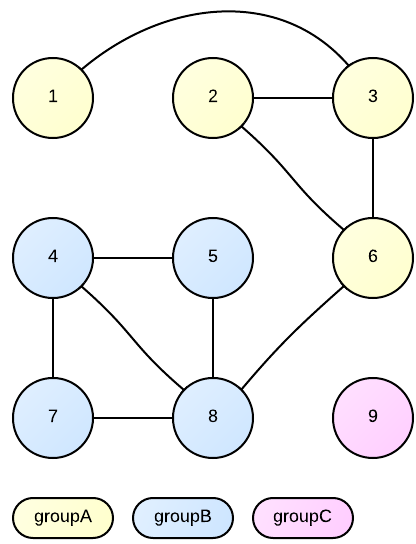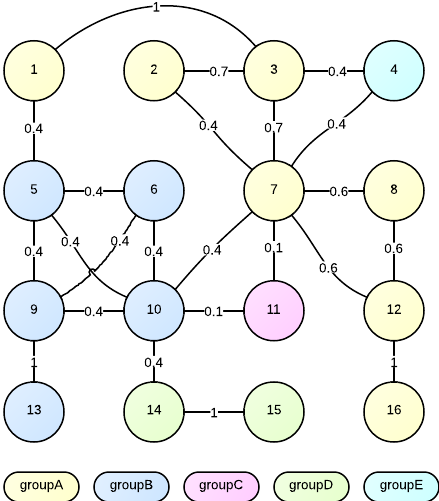Answer the question
In order to leave comments, you need to log in
How to highlight the most connected groups of elements in a graph?
There are many elements. Pairs of elements can be linked. How to single out connected groups and separate them in places where there are few connections?


Answer the question
In order to leave comments, you need to log in
What you describe is very similar to the "graph partitioning" problem. en.wikipedia.org/wiki/Graph_partition
If you want to understand - look at the work of Gerorge Karypis. He is a living classic in the field and his Metis package is state of the art today. If you have a very large graph, then you can use the parallel version of ParMETIS. There is also a Zoltan package developed as part of the Trilinos project at Sandia National Lab. It is notable for the fact that it uses a hypergraph approach, which gives the best (in theory) quality of the partition. However, they have obvious performance problems, and the assembly of Trilinos is still a pleasure. In general, for a more detailed analysis, you need to know what kind of graph you have: the characteristic dimensions and the degree of connectivity (i.e., the connectivity matrix is full).
Good luck...
PS I have a poor command of Russian terminology, so I apologize in advance for the anglicisms ...
Maybe you need to find the minimum balanced cut? As an option, it can be formulated as follows: divide the vertices of the graph into two parts of equal size so that the number of edges between them is minimal.
There's something here: theory.stanford.edu/ ~trevisan/cs359g/
Maybe this will help?
And if the graph is weighted, then the use of the flow problem is probably suitable
Didn't find what you were looking for?
Ask your questionAsk a Question
731 491 924 answers to any question